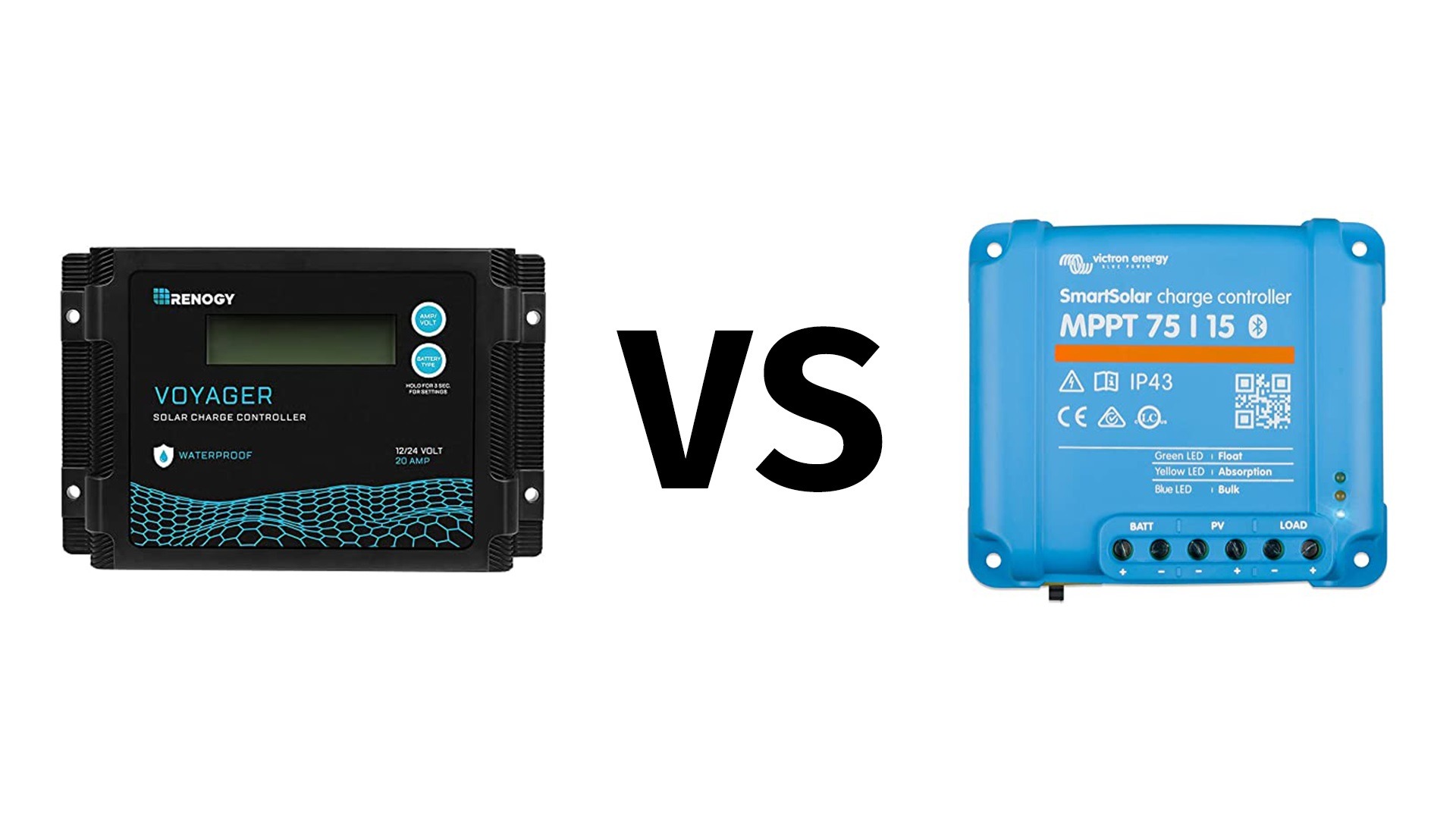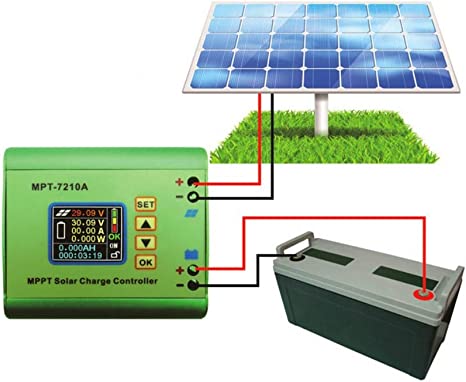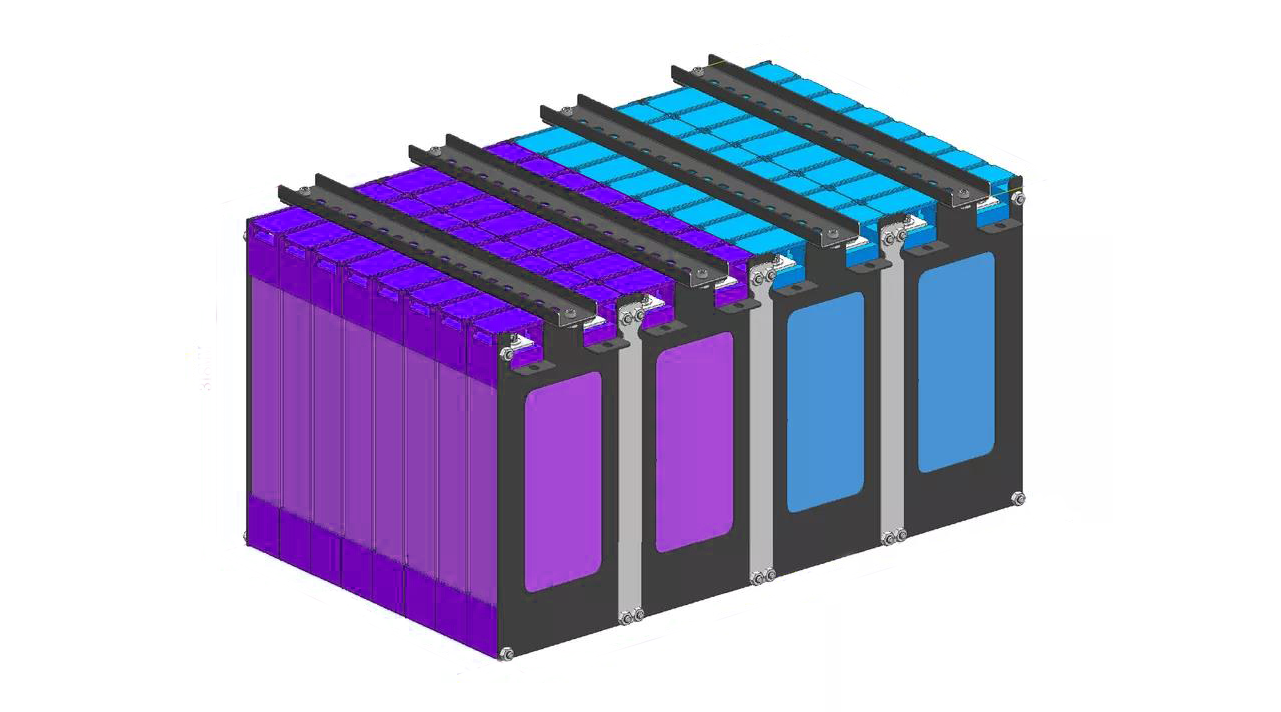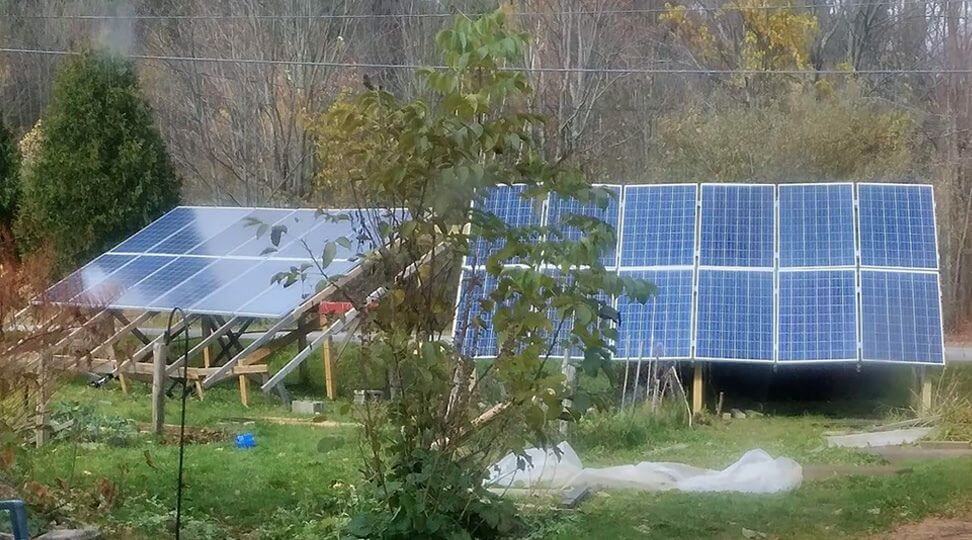
PWM Vs. MPPT Solar Charge Controller
Table of Contents
PWM Vs MPPT solar charge controller. It's a comparison that comes to mind for anyone who is interested in building a solar-powered off-grid energy system.
Generally speaking, a MPPT charge controller will be more efficient when compared to a PWM charge controller. This is because a PWM charge controller has an efficiency that peeks out around 75%, while a MPPT charge controller efficiency can often exceed 95%. PWM charge controllers cost less than MPPT charge controllers, though, so it’s important to keep that in mind. If you have a very large solar array and a not-so-large battery, you can probably get away with using a basic PWM controller. Most PWM charge controllers require the solar panels to be wired in parallel because they can't support high voltages. Most MPPT charge controllers, on the other hand, can support higher voltages. This means you can put your solar panels in series and achieve higher power transmission efficiencies while using cheaper, lower gauge wires. If you have a low-power setup, then a PWM charge controller will work just fine but if you are running 500 watts or more an MPPT charge controller is the best choice.
In this article, we will compare PWM vs MPPT solar charge controller technologies and we will explain a bit about how they work. We will also cover a few situations where PWM is better than MPPT and vice versa.
What Is A Solar Charge Controller?
A solar charge controller is a device that regulates the incoming solar energy in one way or the other to charge a battery. There are several different types of solar charge controllers, but PWM and MPPT are the two most common types.
What Is A PWM Solar Charge Controller?
PWM solar charge controllers make use of a technology called pulse width modulation. Pulse width modulation works by rapidly connecting and disconnecting the power source to the load. So, PWM charge controllers control how much power is delivered to the battery by controlling how much time the solar panel and battery pack are connected.
PWM solar charge controllers work very similarly to how buck and boost converters work.
So, what are the disadvantages of a PWM solar charge controller? Well, a PWM charge controller does not have the ability to change the voltages. All it can do is gate the voltage. So, if your PWM charge controller wants to limit the current coming from the solar panels and going to the battery, it does so by limiting the amount of time that the solar panels and battery are connected.
What Is An MPPT Solar Charge Controller?
MPPT solar charge controllers use a technology called maximum power point tracking. MPPT is a more sophisticated technology that requires more chips and components so this makes them a bit more expensive. These devices are able to track the point along the current and voltage curve where the solar panel power output is the greatest.
Once the MPPT controller finds the maximum power point, it uses a buck converter or boost converter to lower or raise the panel voltage to whatever it needs to be to properly charge the battery. The method results in the greatest conversion efficiency level possible.
PWM Vs. MPPT Charge Controller Comparison
While it is true that an MPPT solar charge controller will generally provide better electrical characteristics, their added cost does not always warrant their use over PWM solar charge controllers.
PWM Solar Charge Controller
PWM solar charge controllers are low-cost and are perfectly suitable for situations where there is either a surplus of solar energy or absolute maximum efficiency is not required.
Pros
- Cheap
Cons
- Only 75% efficient
- Lower current and voltage support
- Few features
- Generally, lower build quality
Best use-case
- Small (<500W) solar power systems
- If PV output voltage is close to the battery voltage
MPPT Solar Charge Controller
MPPT solar charge controllers are much more sophisticated than PWM solar charge controllers. MPPT systems can generally support a much higher input voltage and they have the ability to regulate the voltage and track the most efficient voltage to run everything at.
Pros
- Extremely efficient, up to 95%
- Higher current and voltage limits
- More features and charge profiles
- Generally a higher build quality
Cons
- Expensive
- Overkill for some use-cases
Best use-case
- Large solar power
- When efficiency is most important
- When using solar panels connected in series
PWM Vs. MPPT: How To Choose
When choosing between PWM and MPPT, you need to take into consideration conversion efficiency, price, solar array size, battery voltage, and even your location on Earth.
Conversion Efficiency
Most PWM charge controllers have an efficiency of around 75%, and that is more than enough for anyone who doesn't need to get every possible watt out of their panels.
MPPT charge controllers have a conversion efficiency of 95%, so when conversion efficiency is the most important factor then an MPPT charge controller would be the best choice.
Price
PWM charge controllers are the lowest-cost option. You can find PWM solar charge controllers for $15 to $25, but those are generally the lowest quality variety. You can expect a decent PWM solar charge controller to set you back about $40 or $50.
When using multiple solar panels in a PWM setup, it's important to note that you generally have to put those panels in parallel. This means you cannot increase your system voltage and will have to spend more money on cabling than you would if you had an MPPT solar charge controller that supported higher voltages.
With all the added features, you can expect MPPT charge controllers to cost more money, and they do. The average MPPT charge controller costs around $100 and the nicer ones are in the $150 to $250 range.
Solar Array Size
PWM charge controllers generally support lower currents and voltages than MPPT controllers. For example, it's not out of the ordinary for a PWM charge controller to have a max input voltage of 50 volts and a maximum current rating of 30 amps. This would give you 150w of power.
In contrast, it's not hard to find an MPPT charge that can support input voltages as high as 150 volts and 40 amps of current. This would output 6,000w of power maximum.
As you can see above the MPPT controller can handle a significantly higher amount of power.
PV Voltage Vs. Battery Voltage
PWM charge controllers generally support lower currents and voltages than MPPT controllers. For example, it's not out of the ordinary for a PWM charge controller to have a max input voltage of 50 volts and a maximum current rating of 30 amps. This would give you 1500w of power.
In contrast, it's not hard to find an MPPT charge that can support input voltages as high as 150 volts and 40 amps of current. This would output 6,000w of power maximum.
So, if you need a really high power setup, an MPPT controller is the way to go.
PV Voltage Vs. Battery Voltage
So, are PWM solar charge controllers any good? PWM solar charge controllers are most efficient when the incoming voltage from the solar panel is closer to the battery voltage. So, most PWM controller setups use one to two 12V solar panels in wires in parallel along with one to two 12 volts batteries. The bigger the difference between the panel voltage and the battery voltage, the less efficient the system will be.
In contrast, an MPPT charge controller will work well even if there is a large difference between the solar panel voltage and the battery voltage. For example, an MPPT solar charge controller has no problem dropping 24v to 12v to charge the battery without losing too much power in the process.
What is the lifespan of a PWM charge controller?
PWM solar charge controllers last around 15 years. Even though PWM charge controllers are the less expensive option, they still have a pretty good service life as long as they are properly taken care of and kept dry.
Conclusion
When shopping for off-grid energy system components, most people eventually come to a fork in the road: PWM Vs. MPPT Solar Charge Controller, which to choose? Like most other things, it depends on your application and use case.
MPPT solar charge controllers are more efficient than PWM solar charge controllers. This is because a PWM charge controller cannot change the voltage of the solar panel. This caps its efficiency at around 75%. An MPPT charge controller, on the other hand, can change the panel’s voltage and can have an efficiency that exceeds 95%. PWM charge controllers cost less than MPPT charge controllers, so if you don’t need maximum efficiency or you have more than enough solar power coming in, you can get away with a PWM solar charge controller. If you have a large array and have your solar panels configured in series, then you will have to use an MPPT charge controller because they support much higher panel voltages than PWM solar charge controllers.
We hope you learned everything you needed to know in regard to PWM vs MPPT solar charge controllers. Thanks for reading!



